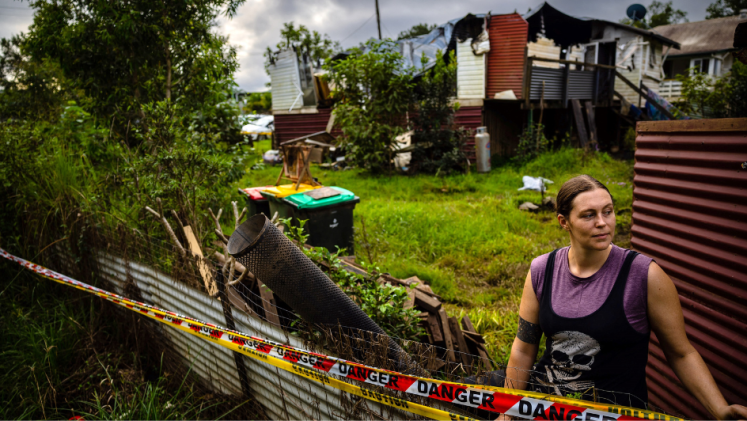In the same way an umbrella shields us from rain, insurance shields us from financial risks. However, as climate change takes its toll and extreme weather events occur more frequently, costs are rising to the point insurance is becoming out of reach. Due to increased risks and damages, both insurers and customers are experiencing heavy losses and rising premiums. In some areas, this is leading to reduced coverage or a lack of coverage altogether. For example, parts of the United Kingdom, United States and Australia are becoming increasingly "uninsurable" due to heightened risk of damages.
The Interconnected Disaster Risks report from UNU-EHS names the issue of uninsurability as one of six global risk tipping points the world is approaching. Here are five insights into what this could mean for our future:
Extreme weather increases damages and drives up costs
Since the 1970s, damages from extreme weather events have risen sevenfold and current projections expect the number of frequent and severe disasters to double globally by 2040. In 2022 alone, there were $313 billion in global economic losses due to disasters. These increasing losses are reflected in rising insurance costs, with premiums in some places jumping up by over 50 per cent since 2015.
Insurers are halting coverage in risky locations
In some places, risks have risen so high that insurance companies are leaving as they are unable to recoup the cost of payouts. If they are not exiting the market outright, companies are limiting coverage or even cancelling policies. In the US, for example, large companies have left some states citing rising wildfire and flood risk. Once insurance is no longer offered against certain risks, in certain areas or at a reasonable price, these areas are considered uninsurable.
Population growth and development continues to expand into risky areas
Despite the risks associated with extreme weather, people continue to flock to places in harm’s way - along the coasts, rivers, floodplains and wildland-urban interfaces. At the same time, the number and size of at-risk areas are growing as hazards such as wildfires occur in new areas because of climate change. For example, in Australia 520,940 homes are predicted to become uninsurable by 2030 due to climate change impacts.
Without access to insurance inequality grows
The loss of insurance coverage as an affordable risk management tool can lead to intensifying inequality in local communities. Those who can afford to move away will have a better opportunity to do so, while those who cannot may be forced to stay without the ability to cover economic losses when disaster strikes. Such scenarios perpetuate a cycle of exposure to vulnerable groups, many of whom are already living in risky areas.
Insurance is a tool, not a license to live in hazardous situations
Insurance is not the only tool we have to shield us from risks. Therefore, it is most effective if it is used in tandem with other risk-reduction measures. For instance, we can implement nature-based solutions, like rewilding for flood protection, which help communities and infrastructure adapt to our changing environment. Reducing the risk of damage with other measures will help to keep insurance prices lower and help to mitigate the level of damages experienced. In this way, we can help to ensure that insurance can continue to be our ally into the future.




